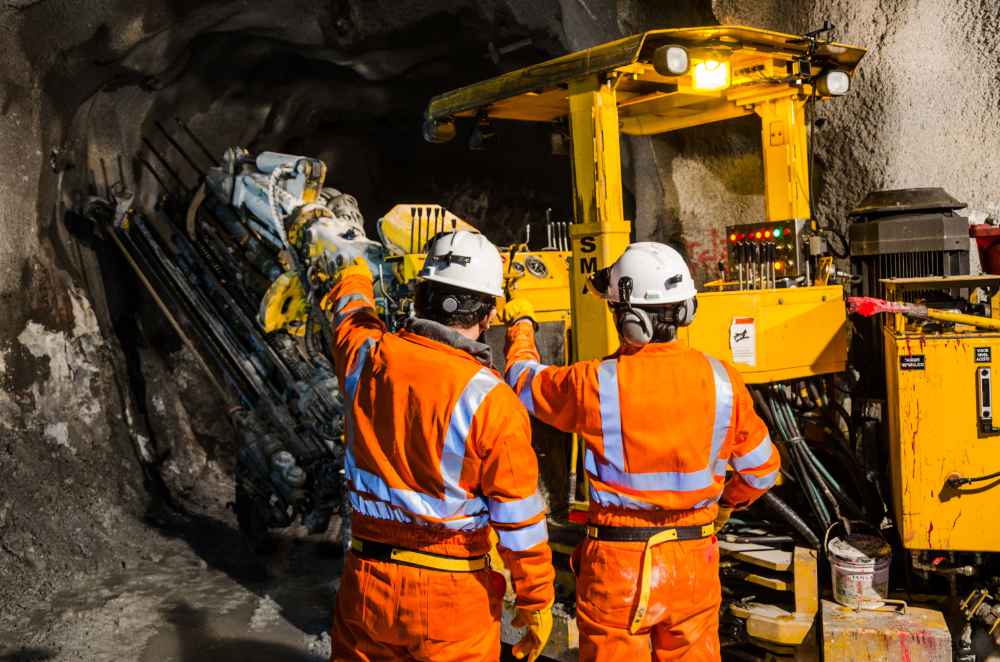Safety training is more than just practice: it gives insights on improved safety processes and regulations. Wearable transponders play a crucial role in gaining such insights during training. They also prove valuable in avoiding, mitigating, and warning of hazards in real work scenarios.
To improve safety and working conditions in mines, advanced safety standards have been made mandatory. They include preventive measures, regular health checks, and regulating the usage of materials and tools. The training of miners and mine rescue teams in safety-related matters is another aspect of a safety culture in the mining industry.
Important to know, training success is not guaranteed. Nine out of ten accidents in mining are still triggered by human activities such as operator errors and violations of regulations. Being on the noble road to zero harm, how can incidents be avoided to a minimum? We must assume that 100% safety is an ideal that never can be reached but we should strive for. Let’s call it risk management.
Following the standard model, risk management mitigates risks by avoiding, safeguarding against, and warning of hazards. As with any management system, a continuous improvement process should be implemented by monitoring and updating the rules and regulatory subsystem at mines at regular intervals. Training is an important part of acquiring and enhancing safety-related knowledge and practical skills in emergencies.
Evaluation of scheduled and unscheduled training sessions makes it possible to arrive at a critical assessment. It should be aimed at finding out whether the workforce involved could solve the task adequately and efficiently and how to improve the procedure in total.
To enhance the learning effects, sessions should be monitored by electronic equipment. The big advantage of wearables is that they record and display individual behavior and reactions, preferably in real-time. In the context of mine safety, one of the most important drills is to teach behavior in case of an emergency like a fire, explosion, water ingress, or collapse of parts of the mine.
Scheduled and unscheduled evacuation drills can be monitored by wearable transponders that transmit their positions at any given time. They increase the participation level because of the individual recording, improve the learning effect through the evaluation of objective data, show improvements by comparing previous drills, and also provide a realistic time and behavior framework in case of a true emergency.
Watch a short animation video about Crew Companion, a safety system based on transponder technology, and read how Crew Companion could be used for training and mining operations to enhance safety underground.
Want to learn more about how to apply wearables in your operational safety plan and improve the training results of your crew? Contact Identec Solutions’ Geir Nerbo for more information.

